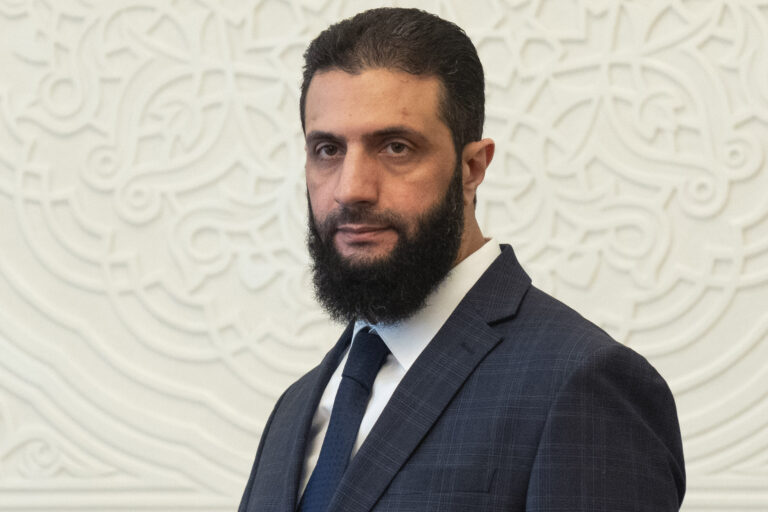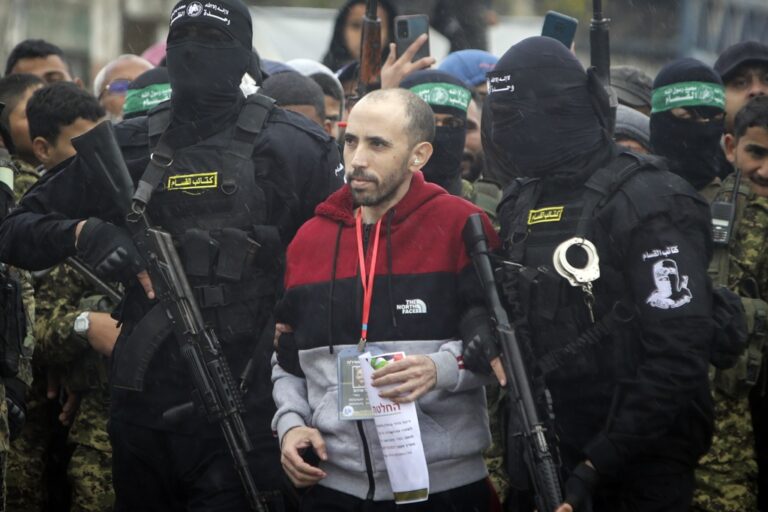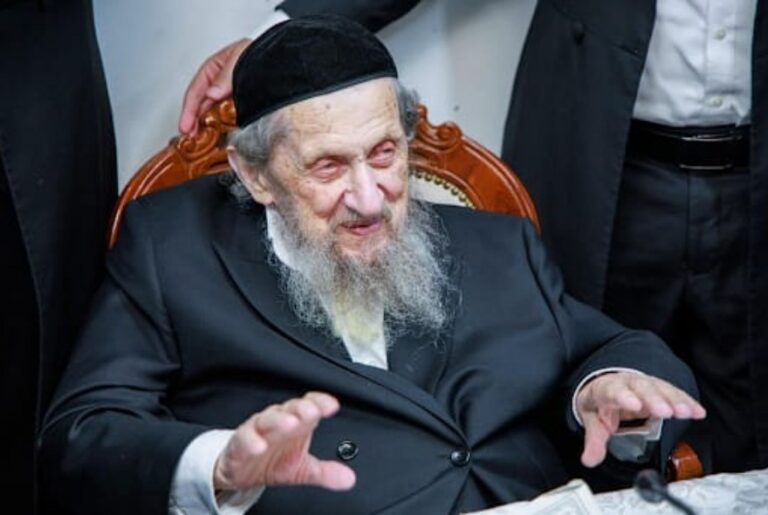 If more people had CPR training, the number of individuals who die from sudden cardiac arrest could be dramatically reduced.
If more people had CPR training, the number of individuals who die from sudden cardiac arrest could be dramatically reduced.
That’s the word from the American Heart Association, which is calling for renewed efforts to teach CPR and to find ways to overcome the barriers that impede people from performing the lifesaving technique.
“There is a tremendous opportunity for saving lives that can be afforded by bystander CPR,” said lead author Dr. Benjamin S. Abella, clinical research director at the Center for Resuscitation Science at the University of Pennsylvania. “In the United States, less than 40 percent of cardiac arrest victims receive bystander CPR. It is known that prompt CPR improves survival two to threefold.”
The heart association’s recommendations, are published in this week’s issue of Circulation.
An estimated 166,200 people die from sudden cardiac arrest — when the heart and breathing stop — outside of hospital settings each year in the United States, Abella noted. CPR — formally known as cardiopulmonary resuscitation — combines mouth-to-mouth breathing and chest compressions to provide air to the patient and circulate blood through the body.
According to the new statement, in many communities only 15 percent to 30 percent of people who suffer cardiac arrest get CPR from a bystander before emergency medical services personnel arrive at the scene. Since the odds of surviving cardiac arrest drop 7 percent to 10 percent every minute without CPR, this low rate of resuscitation has a big impact on survival.
CPR can be done by anyone, Abella said. “This is a therapy that any well-meaning citizen can use to save a life,” he said.
Some of the barriers to getting people to administer CPR include fear of infectious disease from mouth-to-mouth breathing, fear of being sued, and fear of doing it wrong, all of which can be overcome by training and public awareness, Abella said.
There’s also some evidence that just chest compressions can be effective, though not as effective as CPR, Abella said. “Doing something is better than doing nothing,” he said. “If bystanders just gave chest compressions, they would still be doing an enormous service.”
Automated external defibrillators have become common in public buildings such as casinos, airports and schools in recent years and have saved lives, Abella said. But, defibrillation — shocking the heart back into a normal rhythm — is only one of the four parts in the “Chain of Survival” that offers the best chances of survival, according to the heart association.
The chain consists of four links: early recognition of the emergency and phoning 911 for EMS; early bystander CPR; early defibrillator if warranted; and early advanced life support given by health care professionals, Abella said.
To encourage greater awareness of CPR and the value it offers, the heart association statement recommends that:
Local governments should provide CPR training in school systems and hospitals and clinics.
Communities should have emergency dispatcher-assisted CPR training programs.
People need to know that bystanders who perform CPR can double or triple the patient’s chance of survival.
People should know about so-called Good Samaritan laws, which protect people from liability who perform good faith rescue attempts.
Research should target ways of improving CPR training and skill retention.
New approaches to CPR training include the American Heart Association’s Family & Friends CPR Anytime program, which includes a 22-minute instructional video and an inflatable mannequin to use to practice CPR. Also, hospitals can give CPR training to family members of patients at risk for cardiac arrest, Abella said.
Dr. Mohamud Daya, an associate professor of emergency medicine at Oregon Health & Science University, thinks other barriers need to be overcome before more people will be willing to give CPR.
“One of the areas that the position paper fails to address has to do with the current form of CPR that is being taught,” Daya said. “The current method is complex and involves several steps that may not be easy to learn or remember.”
Findings from Arizona suggested that the chest compressions-only form of CPR is easier to learn than the traditional method of mouth-to-mouth ventilation and chest compressions, Daya said. “The State of Arizona moved to teaching its citizens chest compression-only CPR a few years ago, and it will be interesting to see if this improves the bystander CPR rates and also survival,” he said.
To learn more about CPR, visit the American Heart Association











One Response
And what about the American Red Cross?